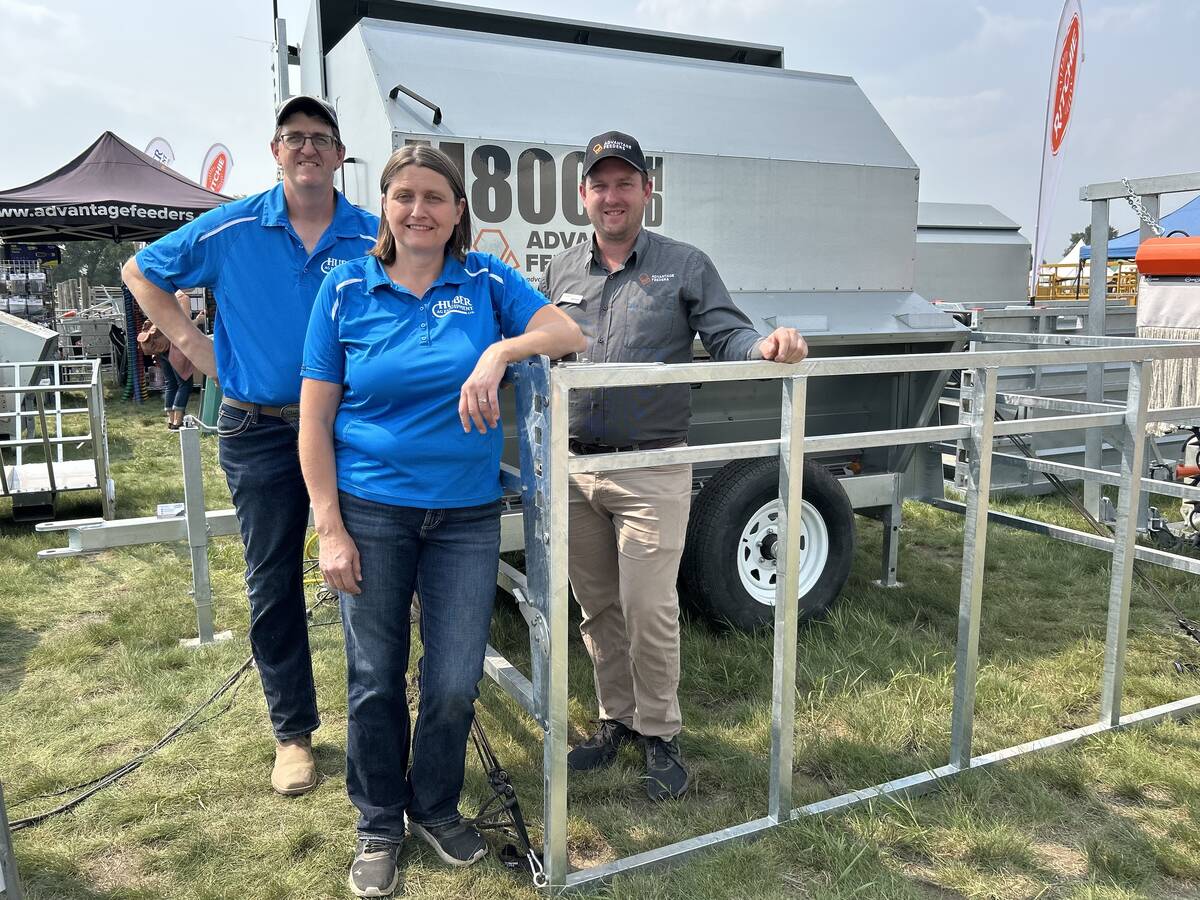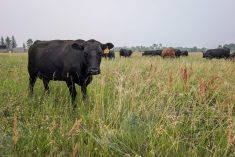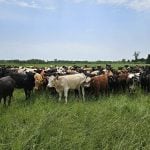Chicago | Reuters — U.S. hog futures rallied to new contract highs in deferred months on Wednesday on projections that China will accelerate pork imports in the last half of the year, following an outbreak of an incurable swine disease.
China is expected to import more pork to fill a hole in protein supplies left by pigs killed in an outbreak of African swine fever.
The disease — deadly in pigs but harmless for humans — has spread rapidly through China, which accounts for about half of global pork output, since the first outbreak was reported last August.
Read Also

Greater feed efficiency in calves possible through controlled creep feeding
Gerard Roney, founder of Advantage Feeders in Australia, spoke at Ag in Motion 2025 about using controlled creep feeding to develop a calf’s rumen, allowing for better uptake of energy and protein at a younger age.
“Lean hog futures are consolidating, but the breaks continue to be bought as supplies tighten on Chinese buying,” said Arlan Suderman, chief commodities economist for broker INTL FCStone.
Most-active CME June lean hog futures ended down one cent at 96.125 cents/lb., while August hog futures lost 0.25 cent, to 101.75 cents/lb. (all figures US$).
October hogs rose 0.35 cent to 94.575 cents per pound and set a contract high of 95 cents. December hogs set a contract high of 89.8 cents/lb. before finishing up 1.2 cents at 89.725 cents/lb.
Some traders bought the deferred contract months and sold May, June, July or August contracts in spread trades.
The deferred months looked cheap compared to the nearby contracts, a broker said. He added that the spread between the June hogs contract and December contract has narrowed on expectations for the bulk of China’s increased demand to come in the third and fourth quarters.
Gains in the hog market helped underpin deferred CME live cattle and feeder cattle futures, analysts said. Cattle traders also were buying the deferred months and selling nearby contracts in spread trades, they said.
CME June live cattle futures fell 0.075 cent, to 122.375 cents/lb. August live cattle futures rose 0.225 cent, to 119.55 cents/lb.
May feeder cattle futures sagged 0.6 cent, to 150.6 cents, while August feeders strengthened 0.25 cents, to 160.45 cents.
The U.S. Department of Agriculture, in a monthly report on Thursday, will provide an update on the number of U.S. cattle being fed for slaughter market as of April 1.
The number of cattle on feed is expected to rise 1.7 per cent from a year ago, while the number of cattle placed in feedlots will rise 3.4 per cent, according to a Reuters poll. Cattle marketings should be down because March 2019 had one less slaughtering day than March 2018, analysts said.
— Tom Polansek reports on agriculture and ag commodities for Reuters from Chicago.
















